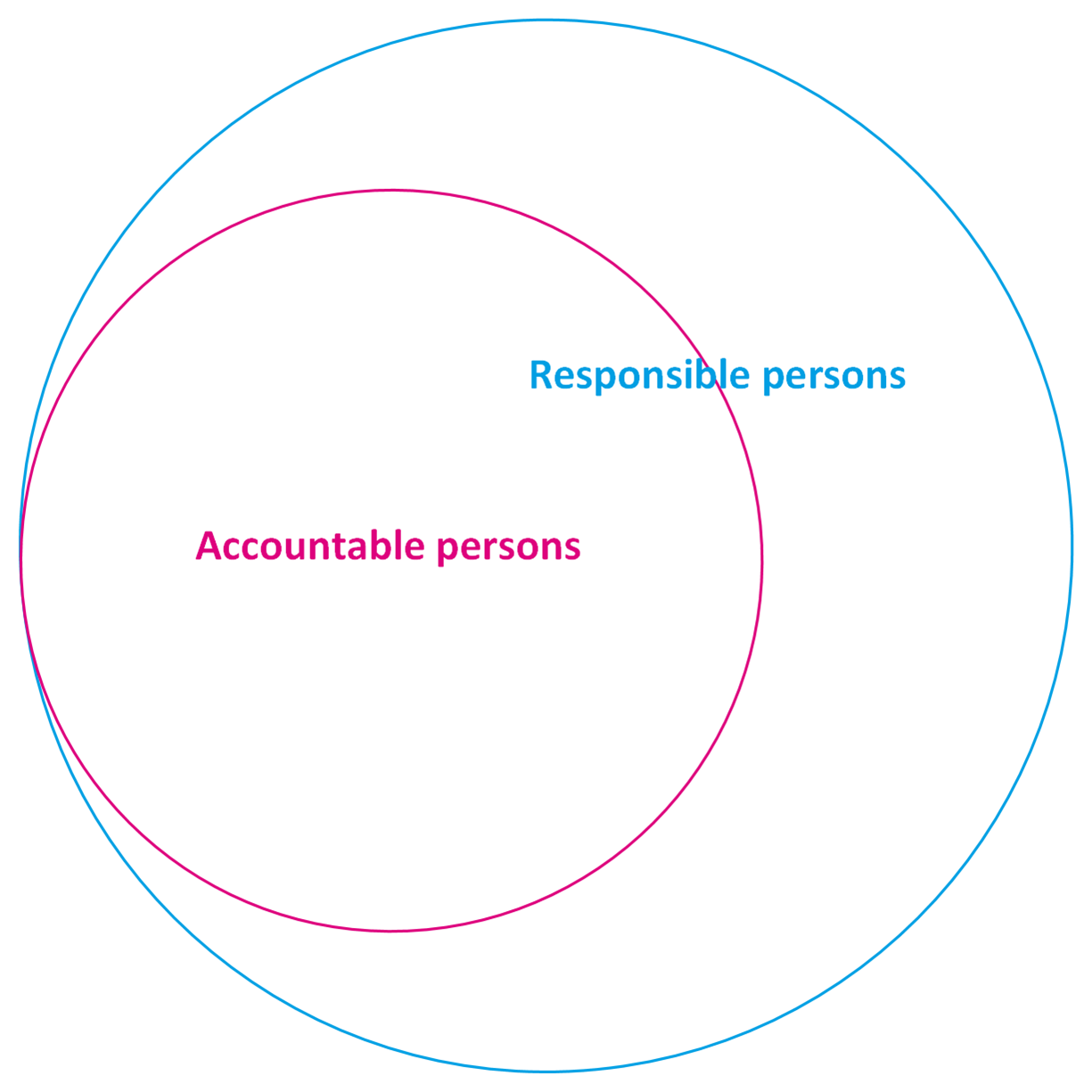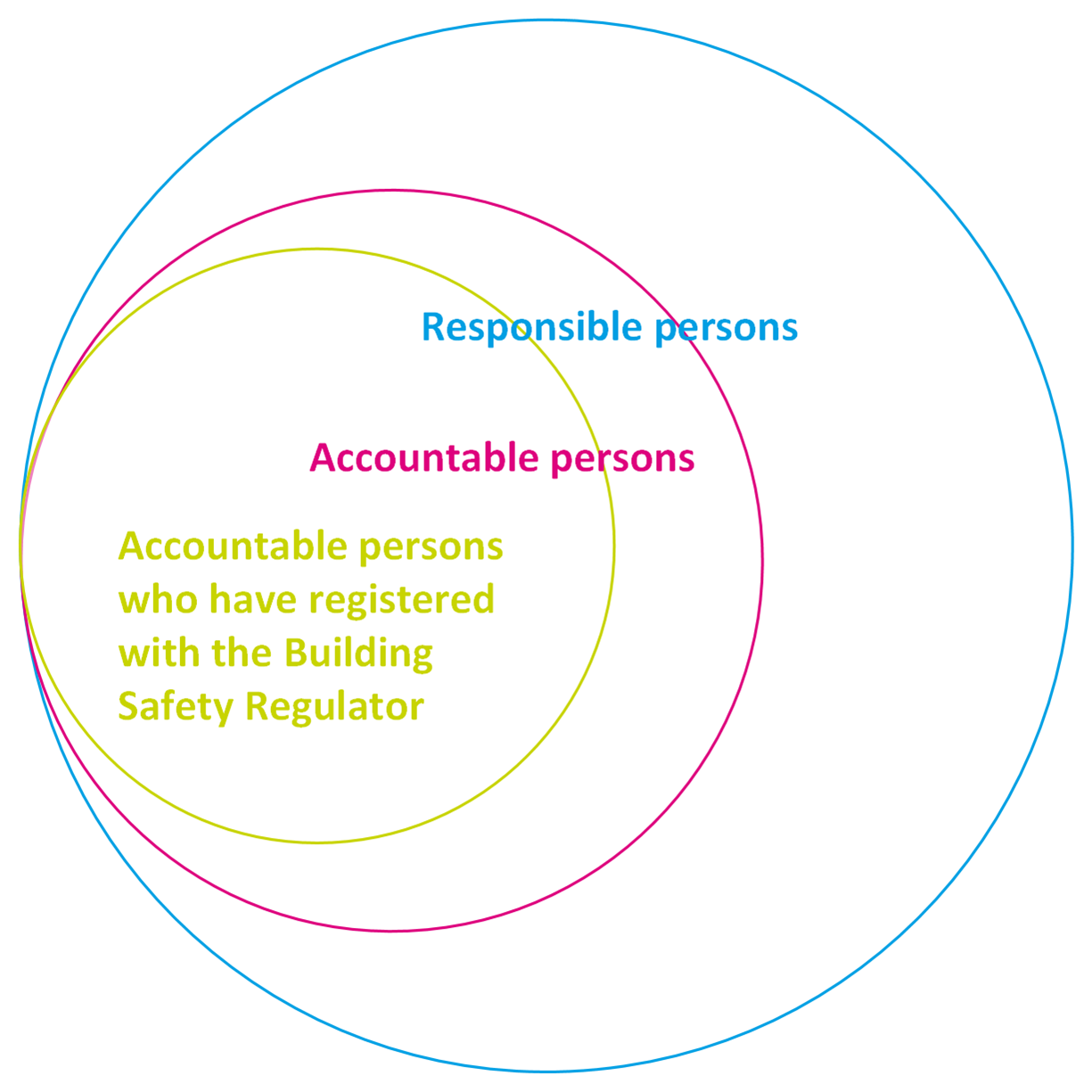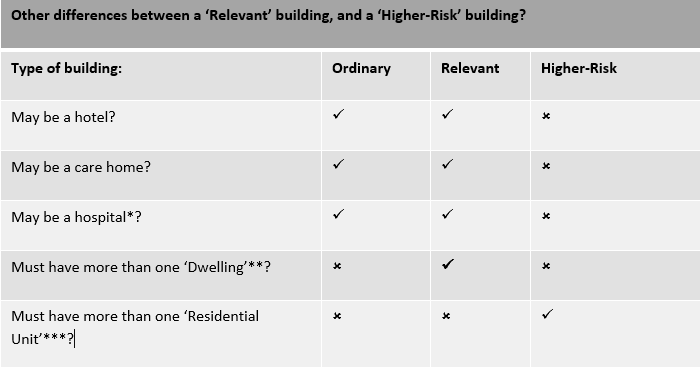In his latest Coffee Break Briefing webinar, Frettens’ own Insolvency Guru Malcolm Niekirk discussed debtors with high rise buildings, and your responsibilities as an insolvency practitioner.
He offered guidance for insolvency practitioners dealing with debtors who own such properties, including an outline of what the debtor is responsible for, what you’re responsible for and whether you would should take on an insolvency involving tall buildings.
This is the summary of that briefing.
If you'd like to watch the webinar back, you can do so below, if not, read on for our summary. A copy of the presentation can be downloaded here.
Quick Links
- Ownership and management of flats: The legal background
- The Building Safety Act
- What happens when a ‘responsible person’ becomes insolvent?
- Giving notice
- Are you personally liable?
- Is it worth it?
Ownership and management of blocks of flats
When it comes to the ownership and management of blocks of flats, English law aims to arrange the ownership structure so:
- people can buy, own and sell their own apartments in the block; and
- issues like repairs, maintenance and cleaning are dealt with and fixed.
However, privity of contract is an obstacle. It means that contractual obligations are only binding between parties to the contract. Contractual arrangements would work for the first owner of a freehold flat in a block. But they would break down as other flats are bought and sold.
So, if you own one flat in a block of freehold apartments, you won’t have a contract with all of your neighbours. That will make it difficult to ensure they pay their fair share.
Privity of estate
The solution is to use privity of estate. When developers sell apartments, they sell them on long leases (99 years, or more). That sets up a legally enforceable relationship of landlord and tenant. The legal obligations in leases (the covenants) are binding on future owners of the freehold (landlords) and the leases (tenants). Tenants owning flats on long leases:
- Have the right to sell them to a buyer of their choice; and
- Pay only a (relatively modest) ground rent to the landlord.
The landlord – as freeholder – keeps ownership of the structure of the building. Because the flat owners are tenants, they must keep the terms of their leases.
Some blocks have more sophisticated ownership arrangements. They pass the responsibilities of management and maintenance to a separate management company. Usually the flat owners are the only shareholders in the management company. The landlord may keep the freehold for themselves or may sell it.
There is another alternative, called commonhold. The law for commonholds has existed for over 20 years. But commonholds are hardly ever used in England and Wales. Despite the difficulties here, most other countries have developed something like a commonhold that works.
Block management
Blocks of privately owned flats are usually managed by either:
- a management company (often a mutual organisation controlled by the leaseholders themselves), or
- a landlord who owns the freehold of the building.
Some blocks of flats are let on shorter tenancies. In those, typically the tenant pays a monthly rent, which is substantially more than the ground rent for a long lease. Those tenants do not have the right to sell their lease. These blocks are normally managed by the landlord.
Regardless of who is responsible for managing the block, whether it's the freeholder or the management company, they very often delegate that job to managing agents who will act on their behalf. The managing agents may employ sub-contractors, but the landlord or management company keeps legal responsibility for management.
Building Safety Act 2022
The Building Safety Act brought in new rules, new duties and, with those, new legal terminology.
‘Higher-risk buildings’ are very tall buildings where people live.
The ‘accountable person’ is legally responsible for safety. They cannot pass that duty to others.
Duties of an ‘accountable person’
The responsibilities of the accountable person include these:
- Monitor.
- Regular safety checks.
- Enforce.
- Make sure occupiers don’t break safety rules.
- Register.
- File information with the Building Safety Regulator (part of the HSE).
- Manage.
- Compliance.
- Record
- The ‘golden thread’.
What happens when a ‘responsible person’ becomes insolvent
In an insolvency, there’s another legal definition that’s important. The ‘responsible person’.
Some tall buildings are not high enough to need an ‘accountable person’, but are still tall enough to need a ‘responsible person’. You have legal duties when dealing with the insolvency of a ‘responsible person’. (And every ‘accountable person’ is a ‘responsible person’.)

Every ‘accountable person’ is a ‘responsible person’. And there are some landlords and management companies who are a ‘responsible person’ even though they're not an ‘accountable person’.
If you’re dealing with the insolvency of a responsible person (which includes all ‘accountable persons’) you have a duty to give notice to certain public bodies.
Check the Building Safety Regulator’s register to find out if the debtor is an ‘accountable person’. They will be an accountable person if they are registered. But, remember, they may still be a ‘responsible person’, even if they are not registered.

What sort of debtor might be a ‘responsible person’?
The legal definition of a ‘responsible person’ is technical, but it will catch:
- Freeholders
- Estate owners
- Landlords
- (Not landlords’ agents)
- Management companies
- Not management agents
- Residents’ management companies
- Not residents’ associations
- Right To Manage companies
- Commonhold associations
Insolvency of a ‘responsible person’
I’ve put together a flowchart that shows you:
- when your duty to give notice might be triggered;
- who you have to give notice to; and
- what sort of notice it is.
It outlines what notice you need to give upon and following appointment, if the building is a tall building and more.
You can download a higher quality PDF version here.

If the building is tall (with a ‘responsible person’), it is a ‘relevant building’ and you must give notice to:
- the local authority; and
- the fire and rescue authority.
And, if it’s very tall (with an ‘accountable person’), it is a ‘higher risk building’ and you must give notice to:
- the local authority;
- the fire and rescue authority; and
- the building safety regulator.
Broadly speaking, if a building’s height is:
- 11 meters or more (five stories or more), it will be a tall building; and if
- 18 meters or higher (seven stories or more) it’s a very tall building.
Footnotes to the table:
* Other uses, eg prisons and barracks also exclude a building from being ‘Higher-Risk’ But they are unlikely to go into administration, etc.
** Not defined. But everyone knows what a ‘dwelling’ is, right?
*** Defined as including ‘dwellings’.
What do you need to include in your notice?
- Debtor’s name and address (and company number)*.
- Building’s address.
- Land Registry title and plan for the building.
- Type of appointment.
- Your name and (all) contact details.
- Court name and number (if any).
* What if it’s an overseas, or unincorporated company? Give the information listed in r1.6 IR’16.
You must give notice within 14 days. You're going to need to know – very quickly – if any relevant buildings or higher risk buildings are within the insolvency. You will need to find this out at the start, probably before you are even appointed!
Give notice is a personal duty of the office holder. Failure will have negative compliance and reputational implications.
What obligations does the debtor have as a ‘responsible person’?
As a responsible person, your debtor will have obligations to the leaseholders under the covenants in the lease.
If it’s a tall building (a ‘relevant building’), they will also have some statutory duties. If it's a very tall building (a ‘higher risk building’) they will be considered an ‘accountable person’ and will have even more statutory duties.
Are you personally liable?
As office holder in a corporate insolvency, you don’t have personal liability for those duties. But, a trustee in a bankruptcy will become the ‘responsible’ or ‘accountable’ person on taking legal title from the bankrupt.
The debtor’s duties can be enforced by criminal sanctions. Normally any prosecution would be against only the debtor. But, even in a corporate insolvency, the office holder may be at risk from that.
Even without personal liability for those duties, you may find that other parties; leaseholders, regulators statutory authorities, will still want to enforce them and ensure compliance.
Compliance may be difficult and expensive. Yet will remain important. This is health and safety legislation. There will be significant reputational and regulatory risks from non-compliance. As with all insolvencies, funding may be inadequate, but that, and the absence of personal liability may not be a full defence to non-compliance.
Is it worth it, from a practitioner’s perspective?
For those reasons, insolvency practitioners are likely to consider the risks very carefully before taking on an appointment of this sort.
Many are likely to add questions to their pre-appointment risk assessment, such as:
- Ask about the debtor’s responsibilities for tall buildings;
- Ask if they are ‘relevant’ or ‘higher risk’ buildings.
- Search the register.
- Assess how the estate can fund compliance.
- Get copies of the leases.
- Find out how the building is being used.
- Get a surveyor’s report.
- Get legal advice.
If in doubt, if it’s a tall building, give notice.
But if it’s a very tall building, giving notice might trigger compliance with the obligation to register. Failing to give notice, when you should, is not an option.
If you do take the appointment, make sure to appoint competent agents to manage the building.
Upcoming events
Thanks for reading this summary…
My next Coffee Break Briefing will be on Monday 7th October, where I’ll be talking about third parties rights against insurers. Sign up for free here.
Make sure you’re subscribed to our email list to receive event information and webinar links straight to your inbox.
Specialist Insolvency Solicitors
If you have any questions after reading this article, please don’t hesitate to get in touch with our bright and experienced team.
Call us on 01202 499255, or fill out the form at the top of this page, for a free initial chat.






Comments